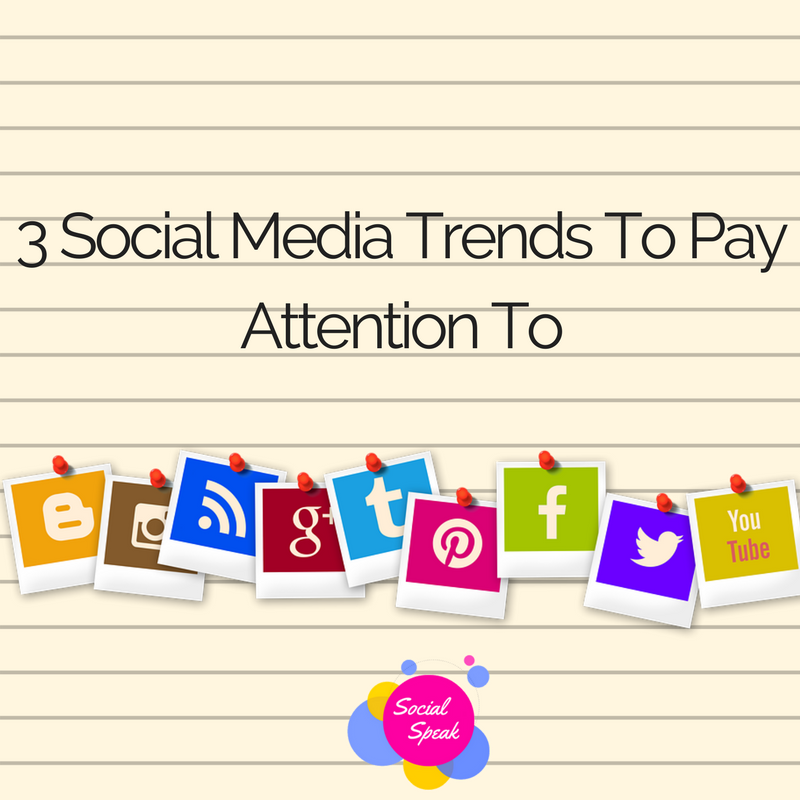Picture this, you walk into a room of other business owners who immediately turn to you and ask, “So, what do you do?” As a freelancer, do you know how to respond? Do you always say the same answer or do you try and switch it up depending upon with whom you are speaking?
More often then not, business owners and freelancers who aren’t purposeful about how they approach the answer to “what do you do” try and encompass every aspect of their expertise within one answer. They are so interested in making sure the listener sees the breadth of their experience and offerings that the messaging becomes convoluted and lost.
I did this for months as I kicked off my marketing agency and it wasn’t until I attended a workshop on networking skills that I realized my short comings. In fact, it was so bad that I even switched my service offerings from PPC management to social media management for small businesses because I confused other networkers so much that all they got out of our conversations was marketing businesses online > social media is a type of digital marketing > Oh, she must manage social media accounts. Recognizing that this appeared to be low hanging fruit, I shifted to social media and blogging, but that’s another story for another day.
So, to give yourself the best possible chance of actually providing the freelance services you set out to, there are a few techniques that can completely transform your messaging and ability to concisely explain what you do to your tribe. In this blog post, I will be providing the actual steps you can take to answer the question “What do you do?” as a freelancer.
What do you do?
Tip 1: Think about the following questions

What makes you unique?
Is there anything that sets you apart from your competitors? This can include your skills, your experience, or even your personality and values. Especially as I was growing my business, I found so many clients who had been screwed over by other freelancers. They were hesitant to even have a conversation about their marketing needs because of previous experiences. To overcome this objection, I used my values and the fact that every new account that I managed was set up in the client’s name rather than linked to my personal/business accounts, so my client retained complete ownership of their marketing and business materials. This unique proposition isn’t as unique now, but it absolutely helped prospects feel at ease when we talked specifics about projects.
What is your ideal project?
Here, I mean to think about short vs long-term projects. It is alright to have a combination of the two, but very clear about what services constitute as a short term vs long term project.
Example 1: Web designer. A front-end designer may really emphasize their website build-outs, which are short term projects. For more robust offerings and to provide more passive income, the same web designer could also offer maintenance plans through the web hosting company.
Example 2: Copy writer: In copy writing there are always both short and long term projects. Creating blogging packages, for example, can create monthly recurring revenue for your business, but a full website rewrite or manual creation could command a higher hourly or per word rate, though it is a short term project. You may prefer to get in and get out, but be available for future short term writing needs for your clients, or you may find you excel more at really getting to know your clients through writing multiple blogs and newsletters for them each month.
Who is your ideal client?
Have you ever heard yourself say that you work with anyone and everyone? Do you really want to? When you think about your ideal client, it can be broken down in terms of business size (large corporations, small startups, or family owned businesses). One tactic I’ve found to work well is if you think of what specific service applies to which ideal client. So when you are talking to a soloprenuer, for example, you are only focusing on the one or two freelance services that really speak to their needs and budget.
What is your ideal target audience?
In addition to considering the size of the business, it is also important to consider the types of industries you want to focus on. Are you passionate about health and wellness, SaaS providers, consultants, etc? When you focus on one niche, you can start to optimize your efforts more effectively. You may find some processes work well for one industry in particular, which aides in building your expertise and loops back around to allowing you to articulate what makes you unique.
Tip 2: Use the Who, What, Why, How framework
Once you have taken the time to work through what makes you different and which services are most appropriate for your niche target markets, you can start constructing your answer to the question “what do you do?”
The Use the Who, What, Why, How framework is broken down into:
WHO you are: By answering Who you are, you are providing your job title. Many answers to the question of what you do fizzle down after this is answered, but I urge you to keep going.
WHAT you do: This is where you can add context to your job title. What does it actually mean?
WHY you do it: Have you ever told someone why you are freelancer? It is okay to incorporate this into your answer for what do you do. You can focus on flexibility, challenges, making personal relationships with your clients, really whatever your story is for why you are on this path. You’ll find that your story can open the doors to more in depth conversations.
HOW you do it differently: This is where you can explain your unique value proposition. How do you run your business different than the next guy or gal? Are there any case studies you can highlight?
Bringing the Who, What, Why, How framework together.
Now that you have your who, what, why, and hows thought through, try explaining what you do. For me, this comes down to:
I own a digital marketing agency that focuses on social media management for soloprenuers and small businesses. We help our clients create consistent content so they can better connect with their target audience online while freeing up their time to focus on their business.

Tip 3: Have different answers ready for various situations
It’s all good and well that you have your answer outlined to what do you do as a freelancer, but what if you are spending time talking to very different tips of people. The questions below are prompts to get you started down the path of accurately positioning yourself as a freelancer.
What are three pain points you can help to resolve?
Having a list of three pain points allows you to mention just one for each niche market or type of project. Through highlighting a pain you can draw people in, and then you can explain your solution to the issue. Rather than focusing on the ‘features’ of your services, try to emphasize how working with you made your clients feel.
What example project can you discuss that truly made a difference for a client?
This example project that made a difference can make a mini case study that you can use to highlight what you do, how you are different, and why someone should hire you. Telling stories is a way to help your prospects understand what it would be like to work with you.
Have you ever…?
Ask a question back to the individual as a way to describe what you do. An example could be, “have you ever started to write a enewsletter only to get frustrated with the program you were using? I help my clients optimize their ability to communicate directly with their tribe through Mailchimp email campaigns.
Do you have a special offer or promotion such as a free consultation?
Free consultations are one way to get people in the door. An example of how you could use this is: I work with small businesses to make sure they can be found on Google. If you would like, I offer a 30 minute free consultation where we can actually walk through your website and see if there are any areas for improvement to make sure you can be found online.
It can be daunting to answer the question of what do you do, especially as you are just getting started, but being able to do this can transform your messaging and ability to open the doors to new introductions and conversations. As you create your elevator pitch, recognize that you don’t need one pitch or commercial for every situation.
Each conversation can fully depend on the individual with whom you are discussing your business. If you sense yourself trying to explain every detail of what you do, take a step back. Did the other person’s eyes just glaze over?
Take a deep breath.
You’ll have another chance to explain what you do in the next conversation!



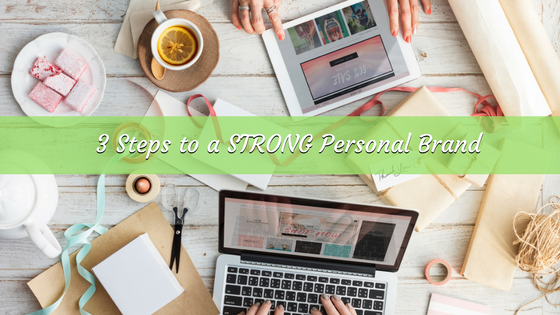


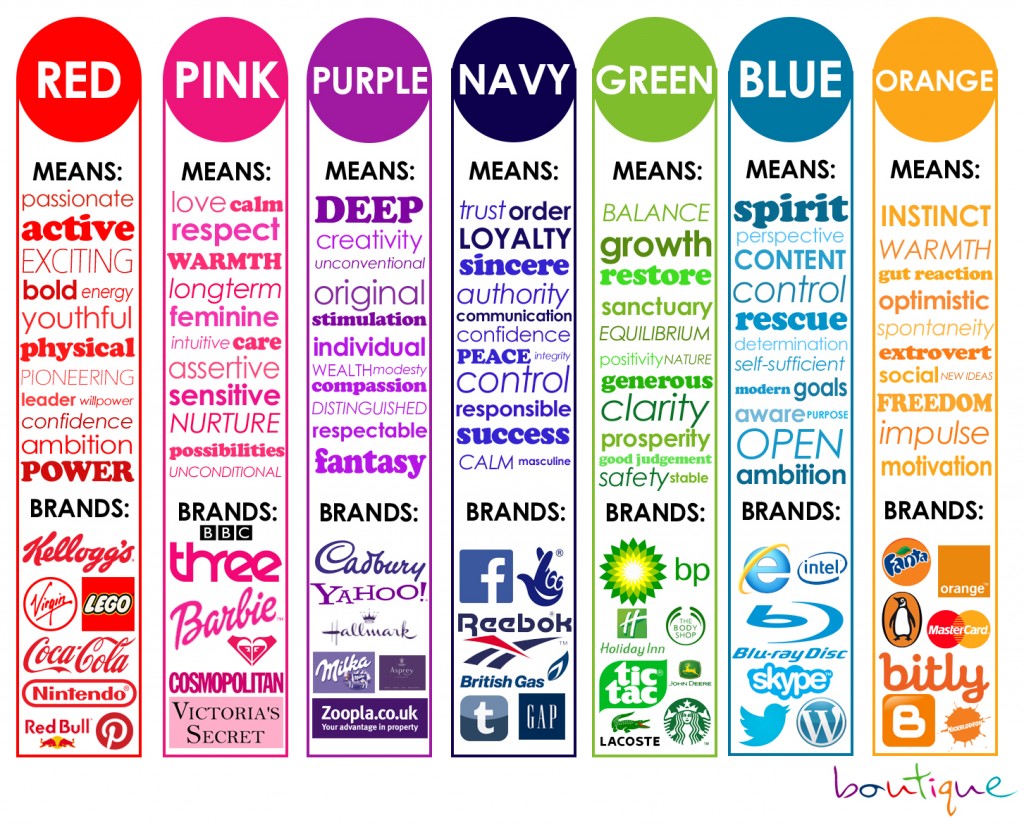
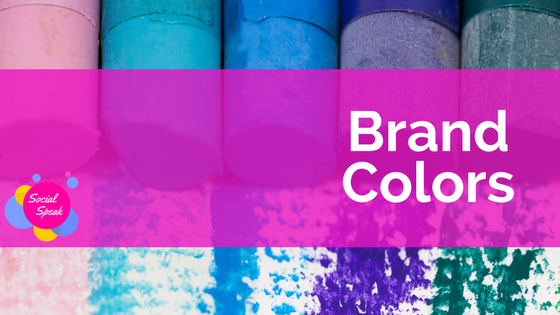



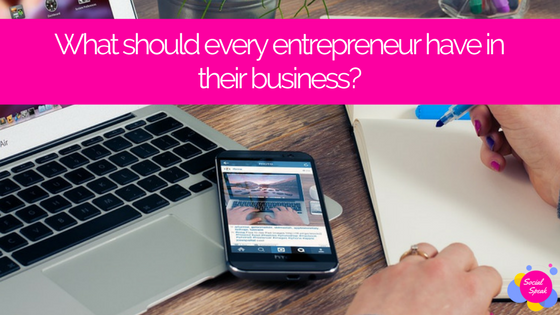
 Russ Barnes, USAF Colonel (retired), MBA, MS
Russ Barnes, USAF Colonel (retired), MBA, MS 